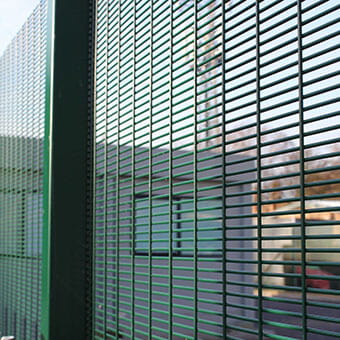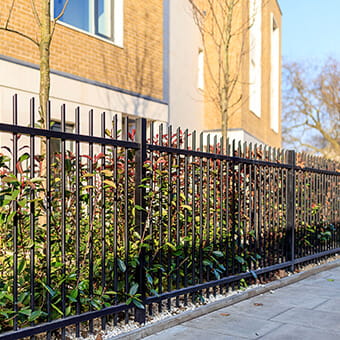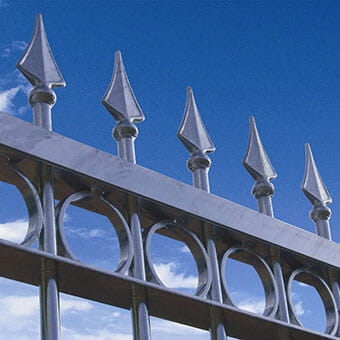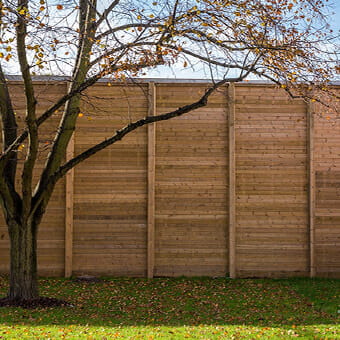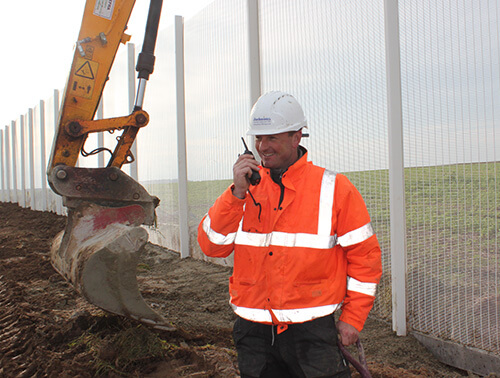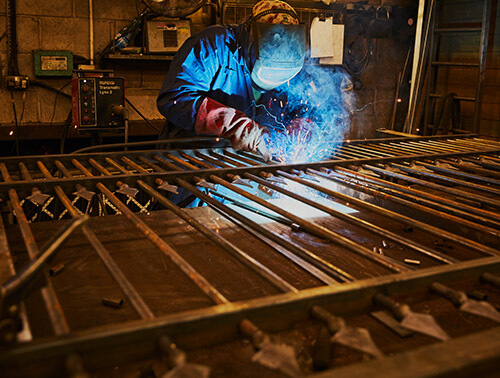Our other sites:
Crime Prevention Through Environmental Design (CPTED) can be an important tool for planners seeking to transform communities into safe, enjoyable places. The way a space (indoor or outdoor) is designed can influence how people feel, behave, and use an area. Some public spaces encourage people to stay a while, while others are designed to be travelled through quickly. Using urban and architectural design features can help to deter crime by managing natural and built environments.
There are five key points to CPTED, namely:
1. Crime reduction
CPTED emphasises strategies that deter criminal activity including the use of natural surveillance, territorial reinforcement, and access control.
Territorial reinforcement, surveillance, and access controlPhysical attributes in a space that express ownership and indicate how a space is designed to be used include fencing and gates, pavement treatments, signage, and landscaping.
Fencing and gates are required to define boundaries, help protect public or private spaces, or even prohibit access. When installing a fence, the style is often key to a successful installation, and the height and design should reflect how a space should be used and be appropriate for its purpose.
Some common examples:
Parks and open public spaces will often have a vertical bar fence around the perimeter. This allows members of the public or passers-by to be able to see into the park and also out, reducing any blind spots and potentially reducing criminal incidents in those areas. A well-designed vertical bar fence, i.e., with pale-through-rail construction and hidden, vandal proof post-to-panel connectors, will not be easily vandalised, will fit in with the surrounding area, and will prevent footballs and children from easily leaving the park and entering a road. In addition, an appropriate playground fence within the main perimeter, which has a vandal-resistant design, is of correct height to allow supervision from parents and guardians, and stops dogs entering, will help to encourage appropriate and more frequent use of the area by those intended, and naturally deter criminals. The perimeter fence of the entire park should enable good visibility through to the playground if possible.
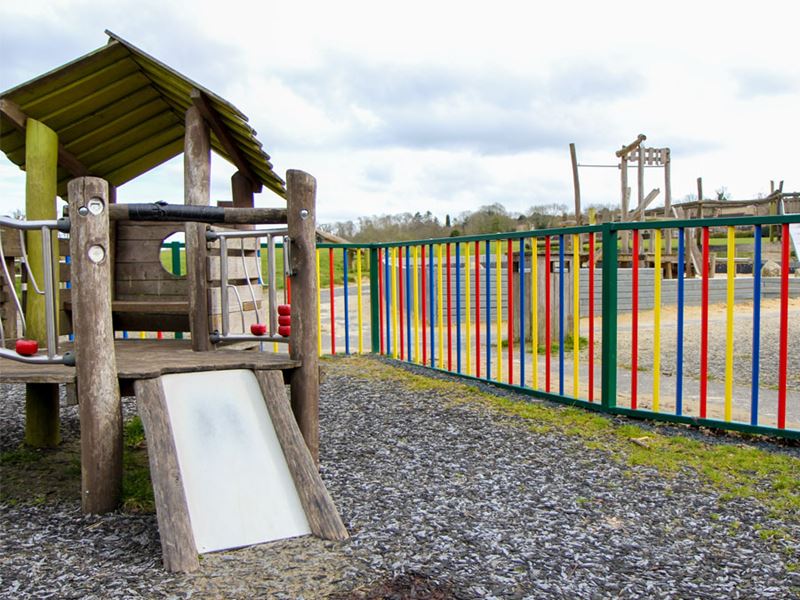
A certain fence for a set application is not always a set rule. Some examples can be found below of how they differ between application:
A gated community is an example where the location type will determine the fence. If the gated community is in an area of low crime, then potentially a timber fence and gate could be used. A timber fence provides demarcation, a pleasant and welcoming aesthetic, and allows surveillance. If the area has higher crime rates, then a metal fence will be more common. If it is a large gated community with high footfall, the fence should have good visibility to stop blind spots. If it is a small gated community then a security fence that helps stop passers-by from looking in but with good aesthetics could be an option to create a safe and private environment.
Schools in different locations such as between cities and rural locations will require different types of fencing and gates. Rural schools may not need any front fencing and gates and only require signage, similarly in areas of low crime, demarcation fencing may simply be needed around the front entrance. The needs of city schools generally include needing a fence which provides privacy or noise reduction, and/or prevents trespassing, truancy, and theft.
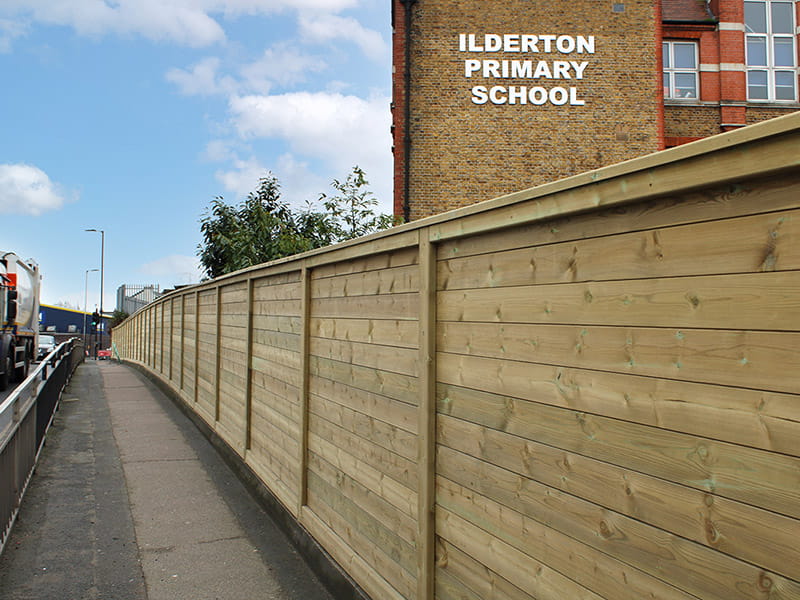
2. Increased safety:
Safety is a key part of CPTED. It promotes measures that enhance the safety of occupants and users to make them feel safer and more confident in the places they spend time in.
Taking the inner-city school example again, when in a high crime area, gates, specifically those that are centrally controlled and locked, may instil confidence that once children are past that threshold, they are safe in their surrounding. To increase confidence further, gates should be clearly signposted as to who can use them, for example deliveries and maintenance should ideally use a different gate to keep children and adults separate. Pedestrians and vehicles should also be split, with bollards or post and rail/pedestrian guard rail fencing continuing along the pathway to guide people safely inside.
Bollards in public spaces can help increase the feeling of safety by indicating that cars cannot access a street. HVM bollards are common in city centres, around event venues, and around transport sites such as train stations. Once inside the line of bollards, people feel more relaxed and this can help if the areas is intended to be used to stay a while – for example a town square with benches, shops, and cafes.
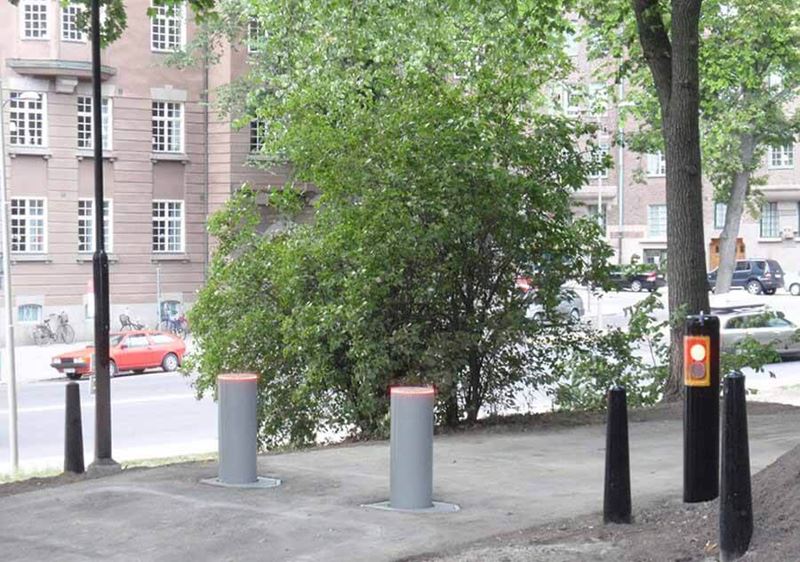
3. Cost effectiveness
Not only does it increase security and provide safety measures before it’s too late, but implementing security measures at the design and planning stage also reduces costs and increases sustainability. If measures to help with natural surveillance are factored in from the beginning, the need for expensive retrofits and removal of materials to make space for items is minimised. Security solutions that are manufactured from premium materials, have high quality fixings and coatings, and finished with a long guarantee, are more cost effective in the long run as they need fewer repairs and replacements, and less maintenance.
4. Community engagement
People are more likely to use spaces and participate in community activities if they feel safe and secure in their environment. Incorporating the principles of CPTED helps communities to take ownership of their surroundings, take pride in the area, and increases respect. If fencing and gates are designed to not only provide security but look good too, then this helps. For example, modern steel railings that look like traditional wrought iron railings but have upgraded security features are ideal for improving the feeling of a public space.
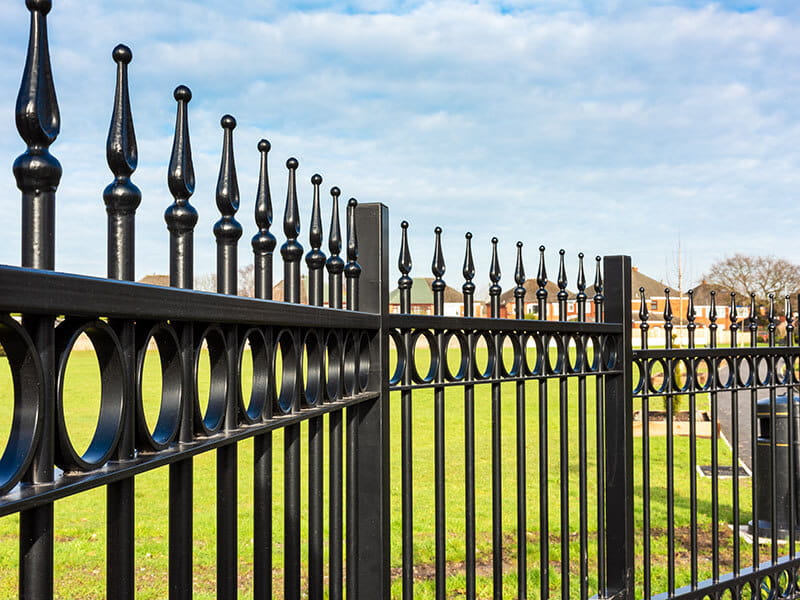
Another example is security fencing and gates with concealment around an area where bins or waste are stored, or even air conditioning or modern heat source pumps. This can help securely segregate an area that can look unsightly and help make the surrounding areas into pleasant and useful spaces that are respected. If it is a compound to house bins, this encourages members of the community to place their rubbish in this area, helping to keep other areas clean and pleasant. If it is an area for air conditioning or heat source pumps, acoustic fencing can be used to reduce humming and noise.
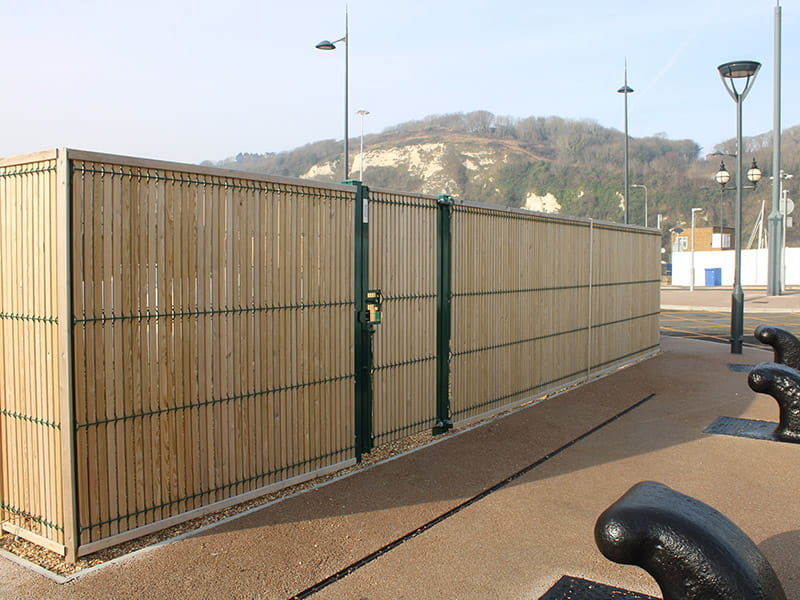
5. Long term sustainability:
CPTED aligns with the principles of sustainable development. Products used in the design of buildings and infrastructure should help to increase the lifespan of the space and contribute to long term sustainability, to ensure that the environment is conducive to preventing crime, increasing safety, providing cost effectiveness, and increasing community engagement for years to come. Jacksons’ products are all guaranteed for 25 years against rot, insect attack, and rust.
Sustainability, cost effectiveness, and community engagement often work hand in hand. There is no point designing a fence that looks great on day one but after five years rots and creates an unsecure fence that is unsightly, and will have to go to landfill and be replaced. This scenario would go against everything that CPTED is trying to achieve.
By prioritising these principles, architects and urban planners can contribute to the creation of environments that are not only aesthetically appealing but also safe, secure, and contribute to the wellbeing of the people who use them.
Related Products
Jacksons Fencing have a large range of related products, all complete with our 25 year guarantee. If you cannot find the item you are looking for, please do not hesitate to call our friendly sales team.
Related Content
Top
